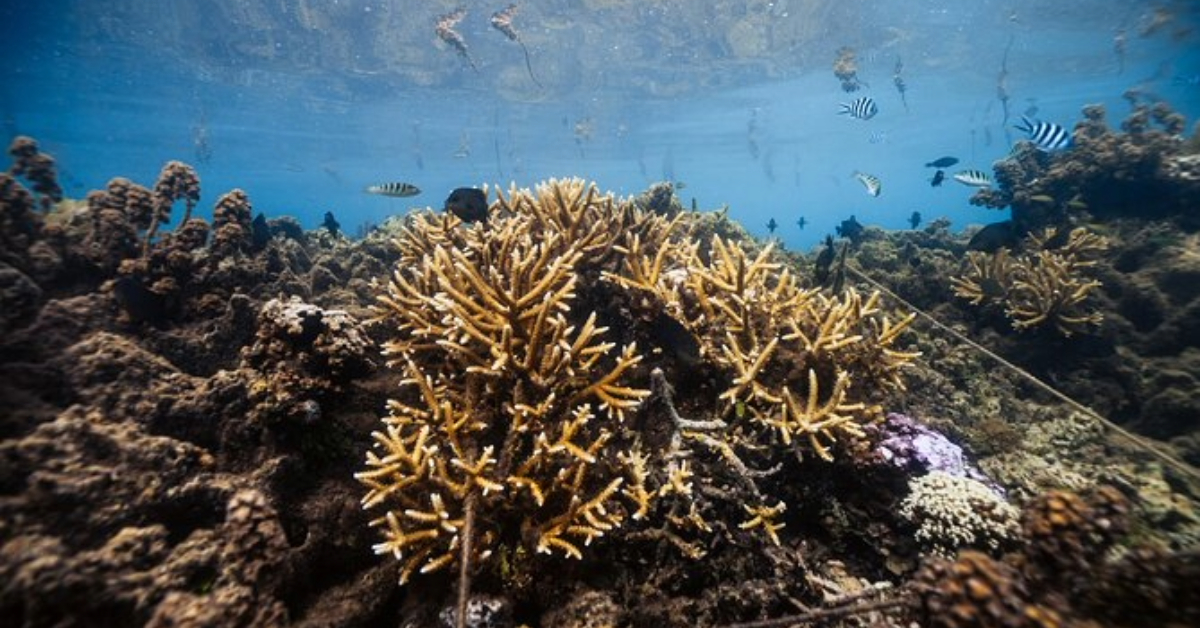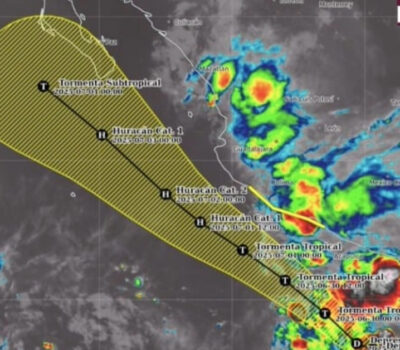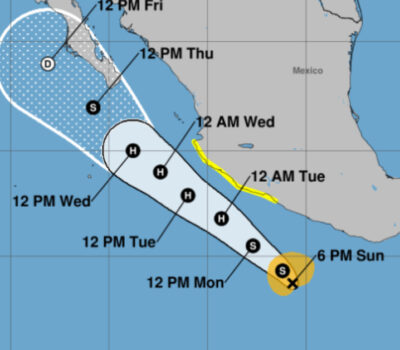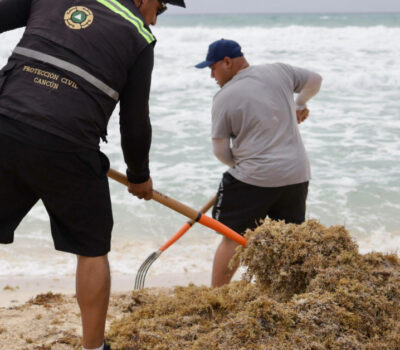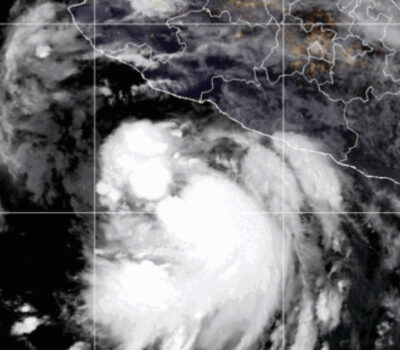Puerto Vallarta, Mexico – A staggering 90% of the coral reef surrounding the Marietas Islands has perished due to an unprecedented increase in sea temperatures, primarily driven by the El Niño phenomenon in 2023. The alarming findings were reported by Amílcar Cupul, a researcher at the Marine Ecology Laboratory of the Centro Universitario de la Costa, part of the University of Guadalajara.
“The corals endured a temperature rise that persisted for over 20 weeks, with the water being one or two degrees above the average,” Cupul explained. “We reached temperatures around 32 degrees Celsius for several days, which was an intolerable stress level for the coral. By the end of September and the beginning of October, we observed that 90% of the coral had died, leaving behind a bleached expanse.”
Initial monitoring conducted by Cupul’s team in February 2023 revealed a coral cover of 28% at depths of three to six meters. However, a subsequent survey six months later indicated that 90% had bleached, leaving only 4% of the coral intact.
The Marietas reef system, spanning approximately one hectare, is now reduced to a mere fraction of its former size, with the surviving coral area comparable to a small soccer goal. The optimal temperature for coral growth ranges between 26 and 27 degrees Celsius, but during July and August, temperatures surged to 3 degrees above average, peaking at 32 degrees Celsius. This extreme heat, coupled with increased UV radiation, resulted in severe stress for the coral.
Understanding Coral Bleaching
Cupul Magaña elucidated the mechanisms behind coral bleaching, emphasizing that corals are colonial organisms composed of polyps that form large colonies akin to multifamily homes. Within these corals reside microalgae known as symbionts, which provide over 90% of the coral’s metabolic needs through a symbiotic relationship.
“Corals can sustain themselves, but they exploit this symbiosis to conserve energy for growth,” Cupul explained. “Branched corals can grow up to five centimeters annually, and in some regions, they can grow as much as 15 centimeters per year.”
However, prolonged exposure to high temperatures and UV radiation disrupts this symbiosis. The microalgae, responsible for the coral’s vibrant colors, produce harmful substances under stress, prompting the coral to expel them, resulting in bleaching.
“When the coral expels its symbionts, it reveals the colorless skeleton underneath, leading to what we see as bleaching,” Cupul said. Although corals can initially survive without their symbionts, extended thermal stress and a lack of food sources eventually lead to mortality.
“If this stress continues for over two weeks, the coral begins to starve,” Cupul continued. “The waters are so clear that there’s insufficient plankton to sustain the coral, leading to starvation. Opportunistic organisms, like filamentous algae, then colonize the coral, further hindering recovery.”
Collaborative Efforts for Restoration
In response to this ecological crisis, permit holders from the Bahía Unida association, in collaboration with the National Commission of Protected Natural Areas and researchers from the University of Guadalajara, are evaluating the natural recovery of the surviving colonies. Restoration initiatives are planned for the coming months to aid the recovery process.
“We are monitoring the status of the colonies and exploring restoration techniques to facilitate the system’s natural recovery,” Cupul stated.
Impact on Marietas Islands’ Ecosystem
Established in 2005, the Marietas Islands National Park was designated to protect the archipelago’s rich biodiversity, particularly its nesting sites for seabirds like the blue-footed booby. However, the rising sea temperatures are now threatening these avian populations as well.
Isaí Pelayo, a permit holder from Bahía Unida, highlighted the challenges faced by the blue-footed boobies. “Their ability to capture food and feed their chicks has been compromised due to global warming. Marine life, such as sardines, are diving deeper to escape the heat, making it harder for birds to feed their young. This year, we observed a significant decline in chick births.”
Cupul noted that the lack of food for the blue-footed boobies is indirectly linked to the coral damage, primarily driven by the warming sea surface and decreased food productivity as fish migrate to deeper waters.
Sustainable Tourism and Conservation
To mitigate human impact, the park closed in 2016 to regulate tourism following a surge in visitors to Playa del Amor. Today, access is limited to 116 people per day, with a maximum of 10 visitors every 40 minutes. Additionally, permit holders allocate 50 pesos per visitor for conservation activities, promoting sustainable tourism practices.
“While global warming is a significant challenge, we can work to alleviate its impact by supporting coral recovery and engaging in sustainable practices,” Pelayo emphasized. “We are committed to laying the foundations for sustainable tourism and aiding the recovery of this vital ecosystem.”
The Marietas Islands’ coral bleaching crisis serves as a poignant reminder of the urgent need to address climate change and protect vulnerable marine ecosystems.
Puerto Vallarta, Mexico – A staggering 90% of the coral reef surrounding the Marietas Islands has perished due to an unprecedented increase in sea temperatures, primarily driven by the El Niño phenomenon in 2023. The alarming findings were reported by Amílcar Cupul, a researcher at the Marine Ecology Laboratory of the Centro Universitario de la Costa, part of the University of Guadalajara.

